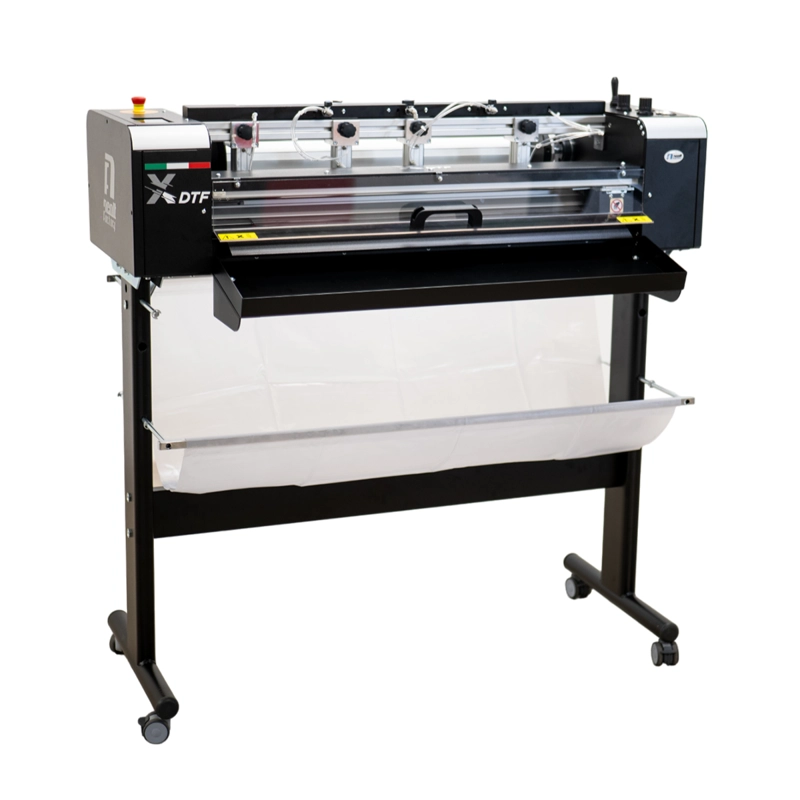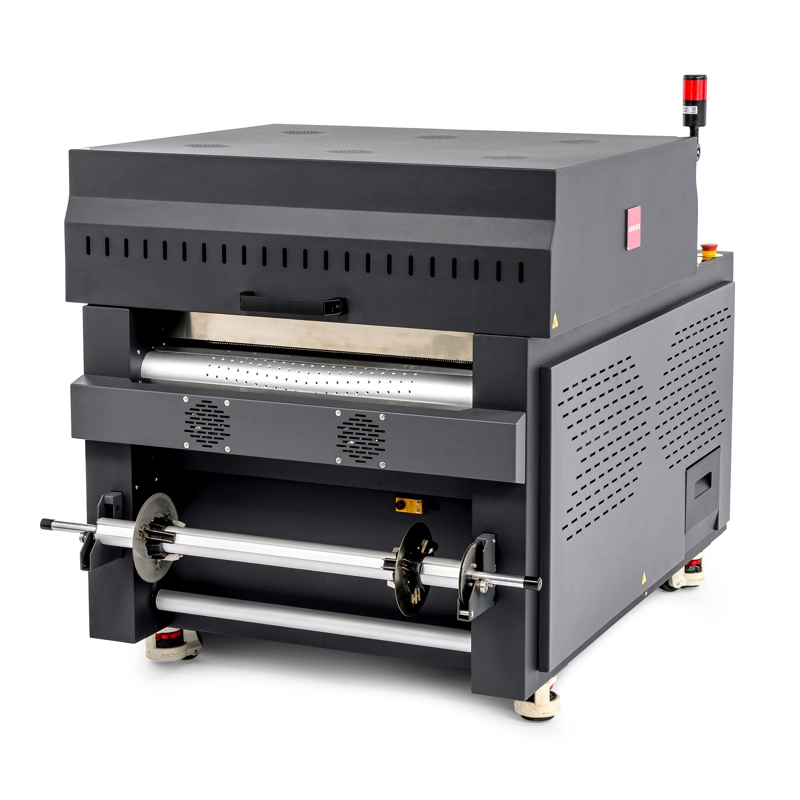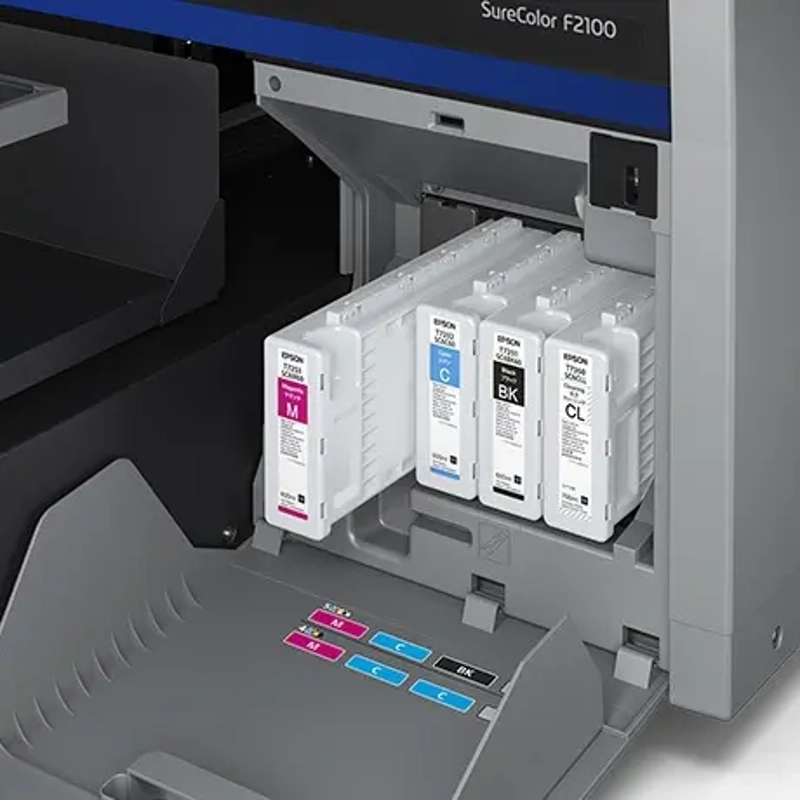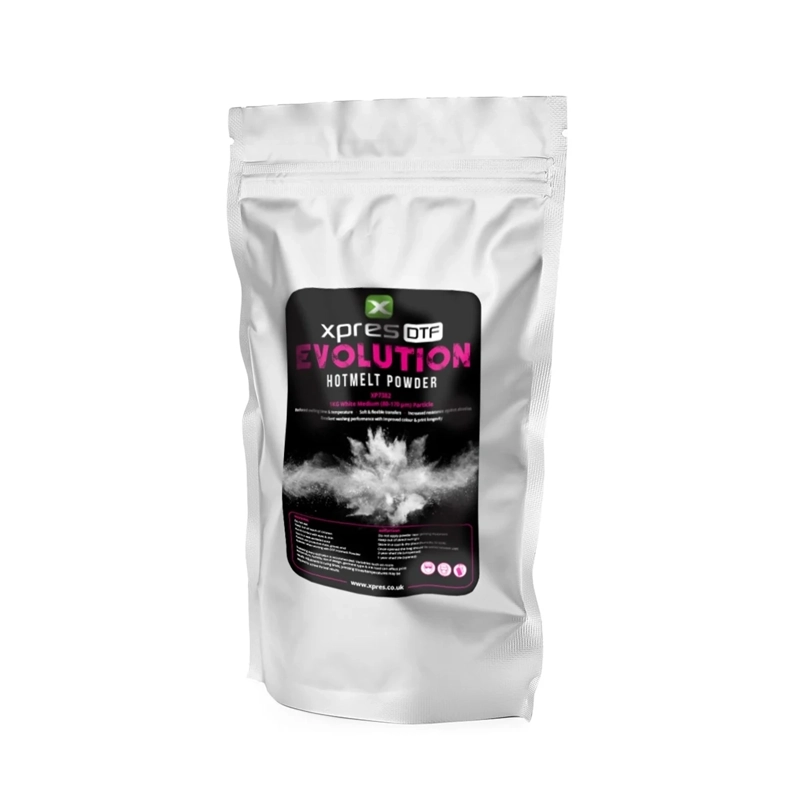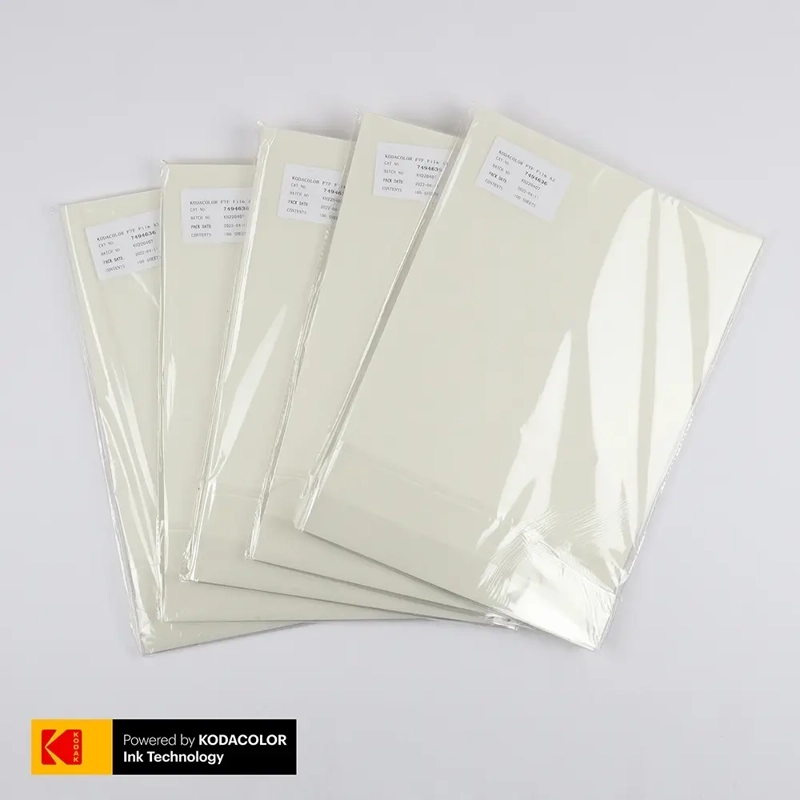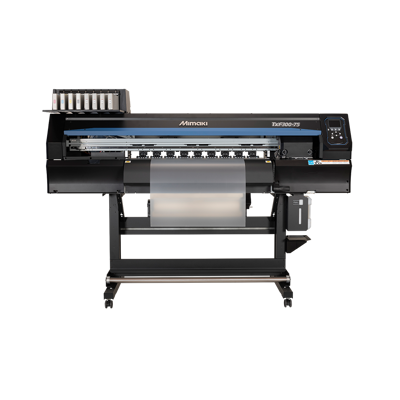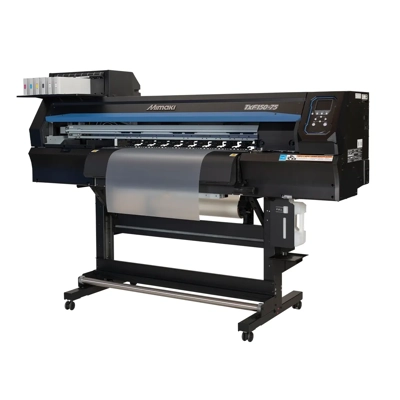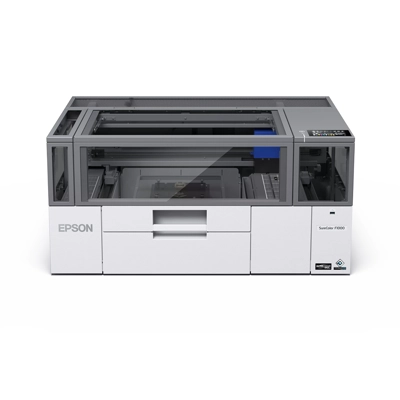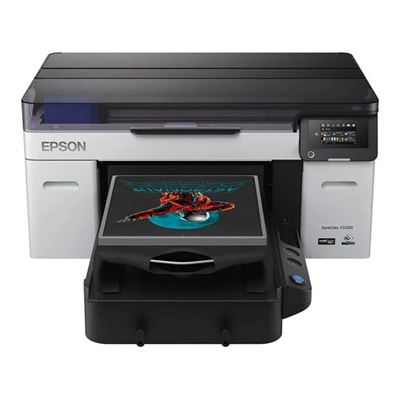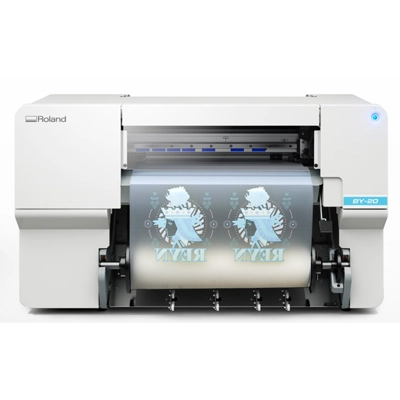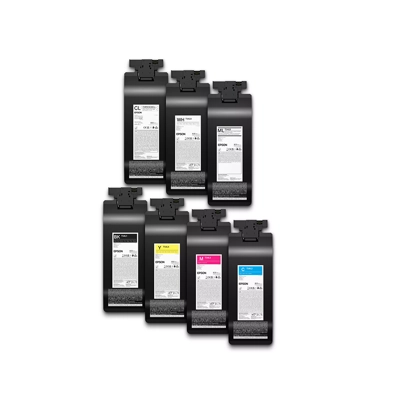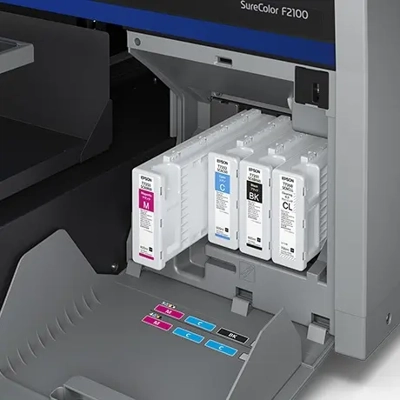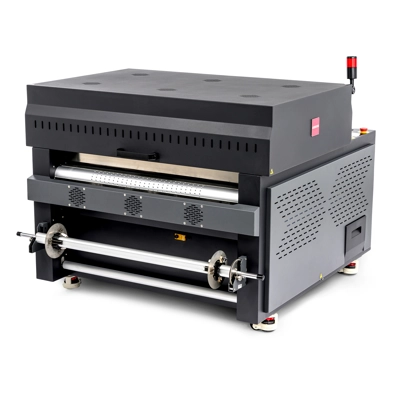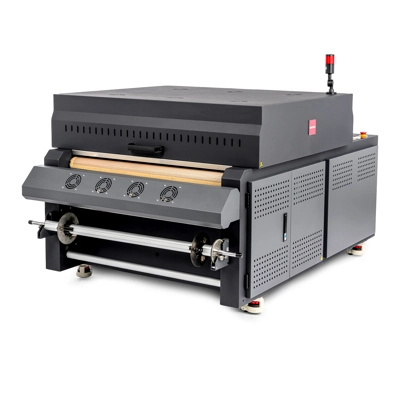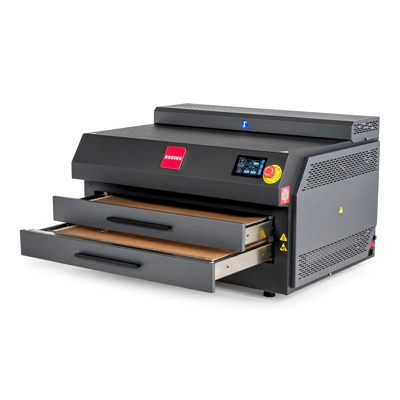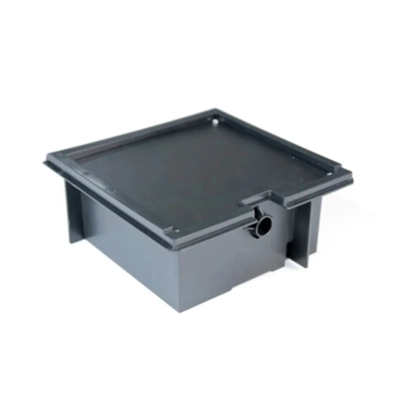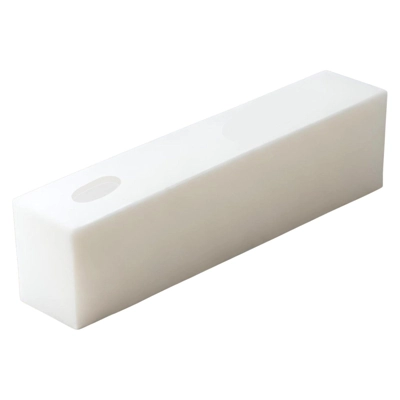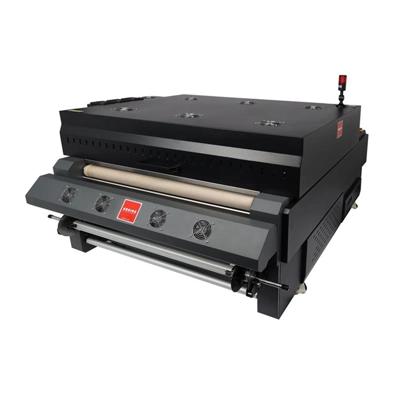DTF (Direct to Film) Printing
Direct to Film (DTF) printing produces bold, long-lasting transfers across many different fabrics, from cotton to polyester. Unlike Direct to Garment (DTG), which applies ink directly onto clothing, DTF prints your design onto a film before heat pressing onto fabric, making it one of the most versatile print methods available.
Whether you’re starting out or scaling up, Xpres provides everything you need to work with professional-quality DTF printing technology: from printers to films, powders, curing ovens, and expert technical support.
Why DTF Printing is a Popular Choice
DTF printing delivers vibrant colour, strong durability, and excellent stretch across cotton, polyester, blends, nylon, and more. Because the design is printed onto film and then heat-pressed onto the fabric, the finish stays smooth, flexible, and wash-resistant. It also removes the need for pretreatment, making it quicker and more adaptable than DTG for everyday production. It’s ideal for both one-off custom prints and high-volume runs.
Why Choose Xpres for DTF?
We provide a complete DTF solution, from printers to films to powders, all tested for reliable, high-quality performance. With fast UK delivery and expert technical support onhand, we make it easy for businesses of all sizes to produce strong, long-lasting DTF prints. Whether you’re upgrading your setup or expanding your equipment, you’ll find everything you need for professional results.
Frequently Asked Questions about Direct to Film (DTF) Printing
What does DTF mean in printing?
DTF stands for Direct to Film, a printing method where your design is printed onto a transfer film using water-based inks, coated with hot-melt adhesive powder, cured, and then applied to a garment using a heat press. The result is a vibrant, durable transfer that works on cotton, polyester, blends, and even tricky fabrics like nylon.
How long do DTF prints last?
With high-quality film, powder, and inks, DTF prints typically last 50+ washes without cracking or noticeable fading, often outlasting vinyl and DTG applications. The longevity also depends on garment care and the materials used.
Is DTF or DTG better?
Both have strengths, but DTF works on almost all fabrics (including dark garments) and doesn’t require pretreatment. Whereas DTG works best on high-cotton garments and is ideal for a soft, printed-on-the-fabric feel.
For most businesses, DTF offers greater visibility, lower setup maintenance, and broader material compatibility.
Which is better, DTF or sublimation?
DTF is more versatile because it can be applied to cotton, blends, poly, nylon, and even leather. Sublimation, while offering exceptional vibrancy, works best on light-coloured polyester or polymer-coated surfaces.
DTF is usually preferred for apparel, while sublimation excels on hard surfaces like mugs, water bottles, and keyrings.
Does DTF printing require special equipment?
Yes, for successful DTF printing, you will need a DTF printer, DTF inks, transfer film, powder, and a heat press (or curing oven for the adhesive stage).
Do you need an oven for DTF?
Not always. You can cure the powder using either a curing oven or the top-platen hover method on a heat press, as both achieve the same end result.

